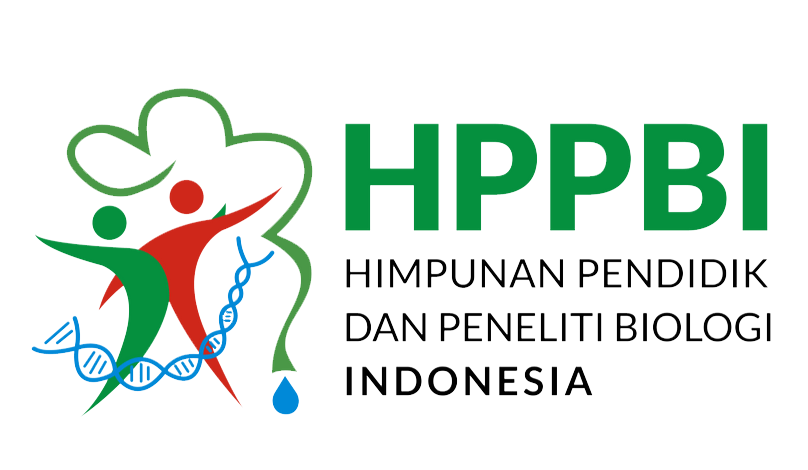KEKAYAAN DAN KEPADATAN GASTROPODA BERDASARKAN TIPE PANTAI DI PERAIRAN PANTAI DESA SULI DAN WAAI KABUPATEN MALUKU TENGAH
Abstract
Background: Type of coastal waters Suli village and village Waai is vegetated Beach, the beach is overgrown by vegetation beach. Coastal vegetation was found growing along the coastline is a mangrove and seagrass. Species richness index is a measure of the wealth of species that depend on the direct relationship between the logarithm of the number of species and area sampling. The population density of animals depends on the number of animals is regulated through intra- and interspecific relationships resulting directly from feedback density. Ecologically, seagrass acts as a major manufacturer in the food chain.
Methods: This study is a descriptive study was conducted using a survey. The variables to be studied is the richness and density of gastropods in the intertidal zone Suli village and village Waai Central Maluku district. Species richness index calculated by the formulation Margalef.
Results: Result: The gastropod wealth index in coastal waters of Suli Village is 0.77 and Waai village is 0.72. It can be interpreted that the index of wealth in both coastal waters is bad. The absolute density of gastropods in the coastal waters of Suli village was 30.02 and the absorbance of gastropods in the coastal waters of Waai village was 22.42.
Conclusion: Wealth gastropods in coastal waters Suli village and village Waai categorized as bad as wealth index is less than 2.5, while the density of gastropods in coastal waters Suli village and village Waai are at a high level. This situation is caused by the type of vegetation seagrass gastropods which are Suli village gastropod found as many as 13 types and villages Waai found 8 species and a number of individual lot.
Downloads
Authors who publish with this Journal agree to the following terms:
- Author retain copyright and grant the journal right of first publication with the work simultaneously licensed under a creative commons attribution license that allow others to share the work within an acknowledgement of the work’s authorship and initial publication of this journal.
- Authors are able to enter into separate, additional contractual arrangement for the non-exclusive distribution of the journal’s published version of the work (e.g. acknowledgement of its initial publication in this journal).
- Authors are permitted and encouraged to post their work online (e.g. in institutional repositories or on their websites) prior to and during the submission process, as it can lead to productive exchanges, as well as earlier and greater citation of published works

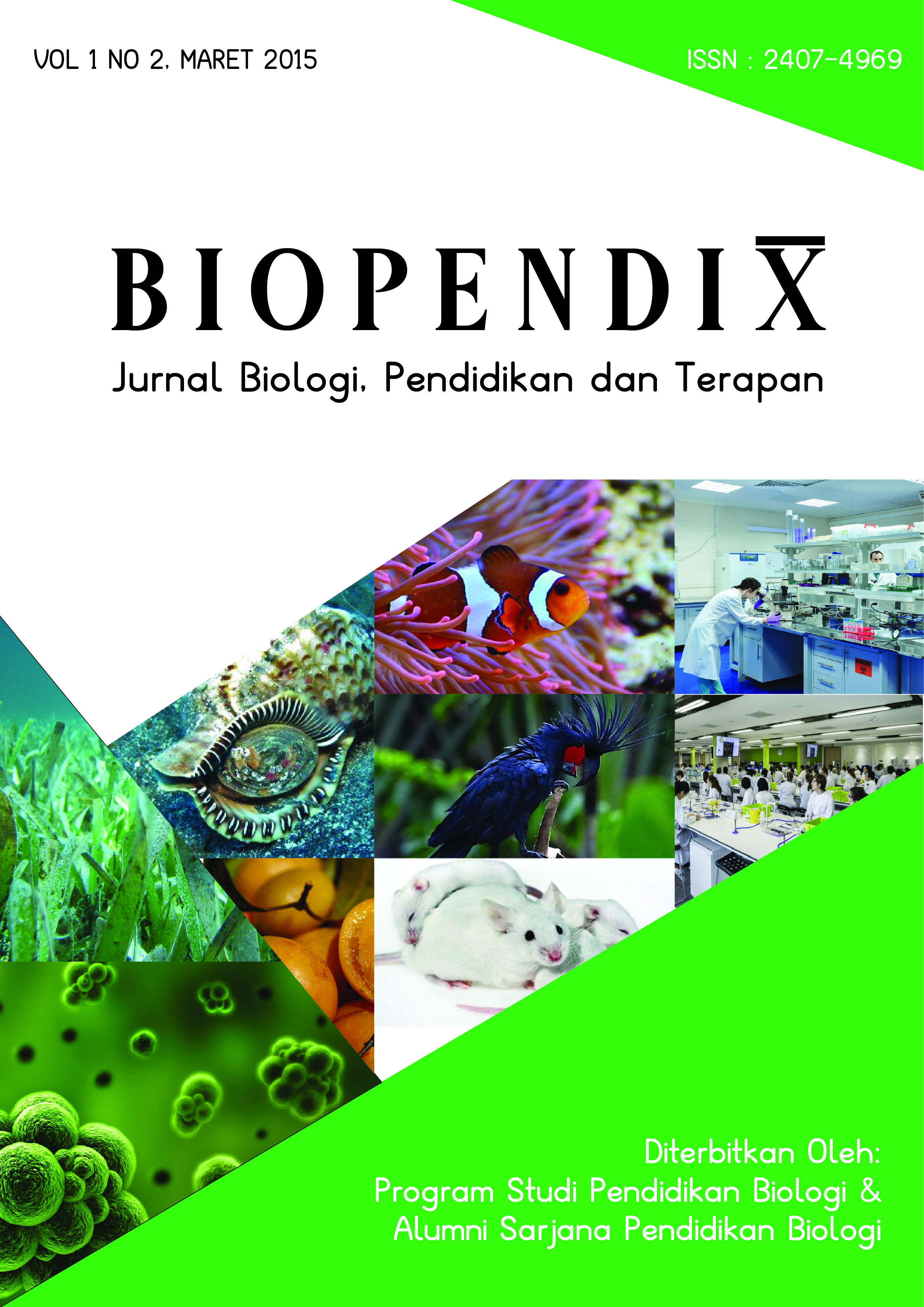
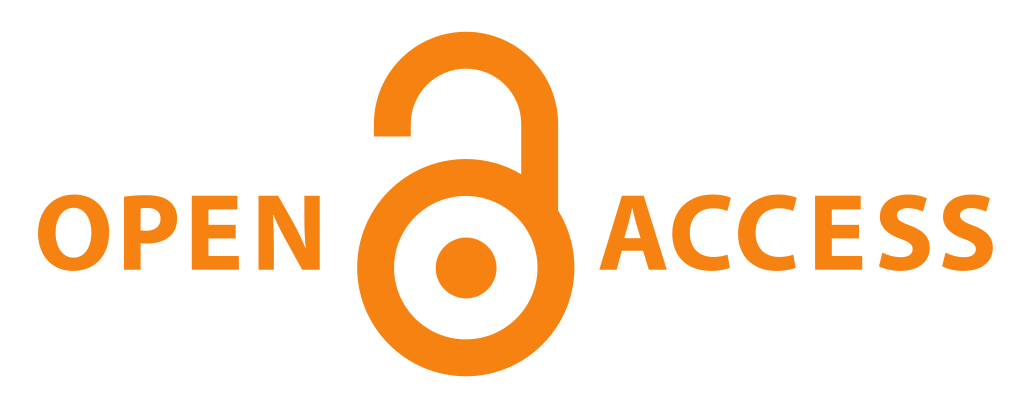
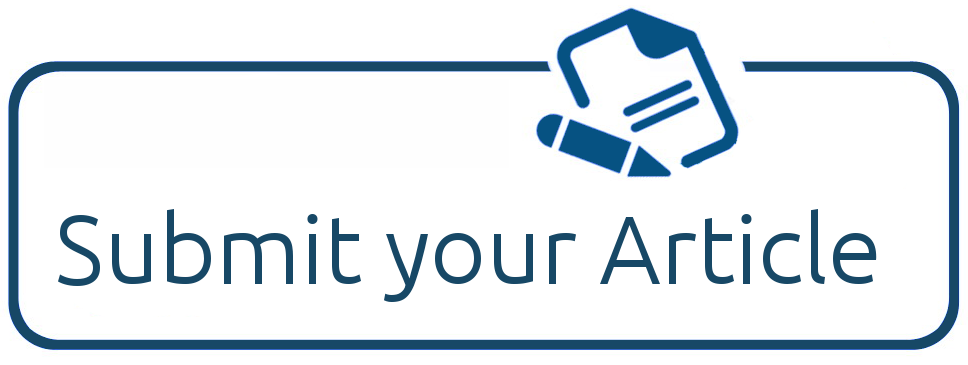
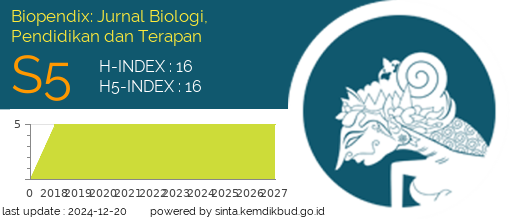
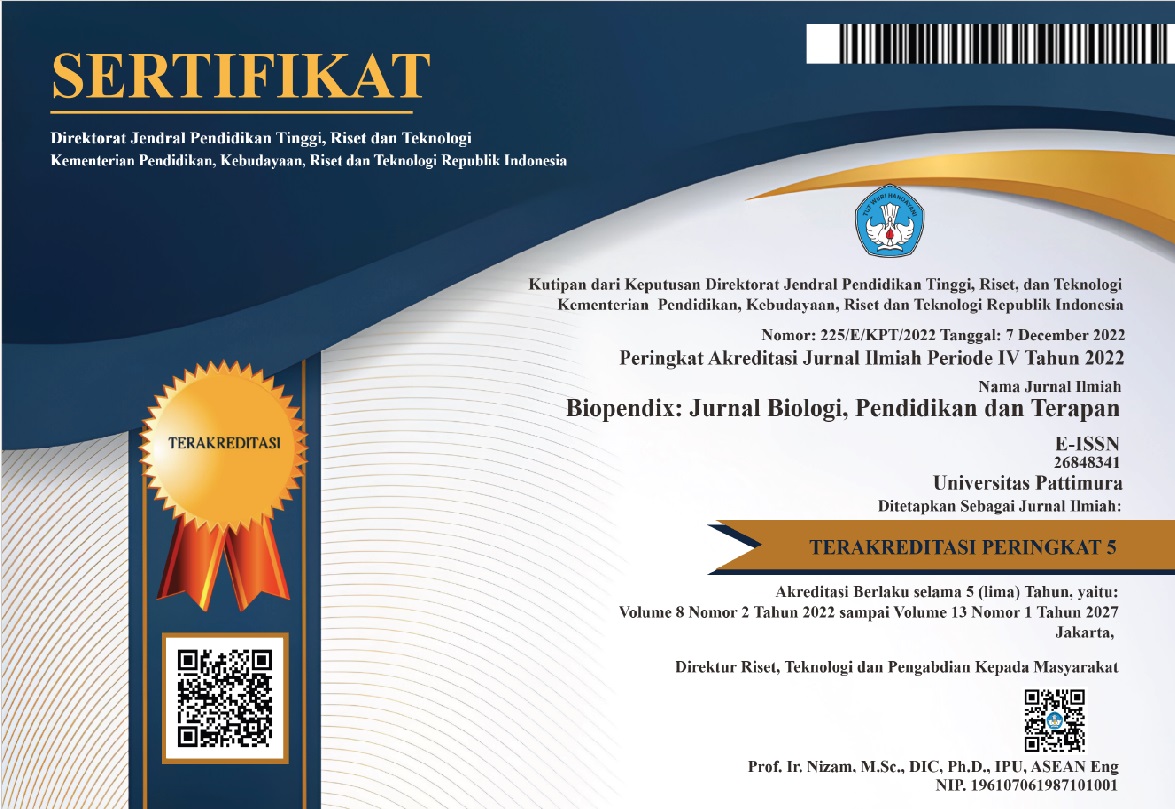 2
2




